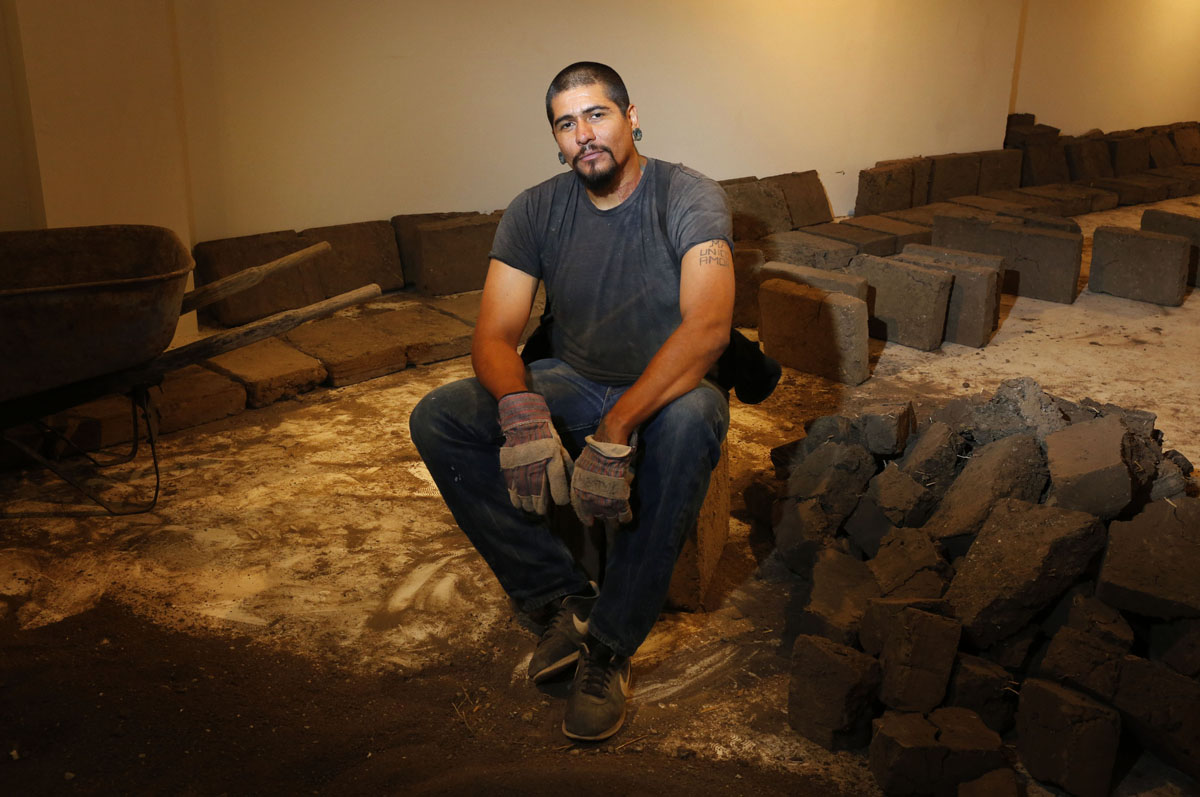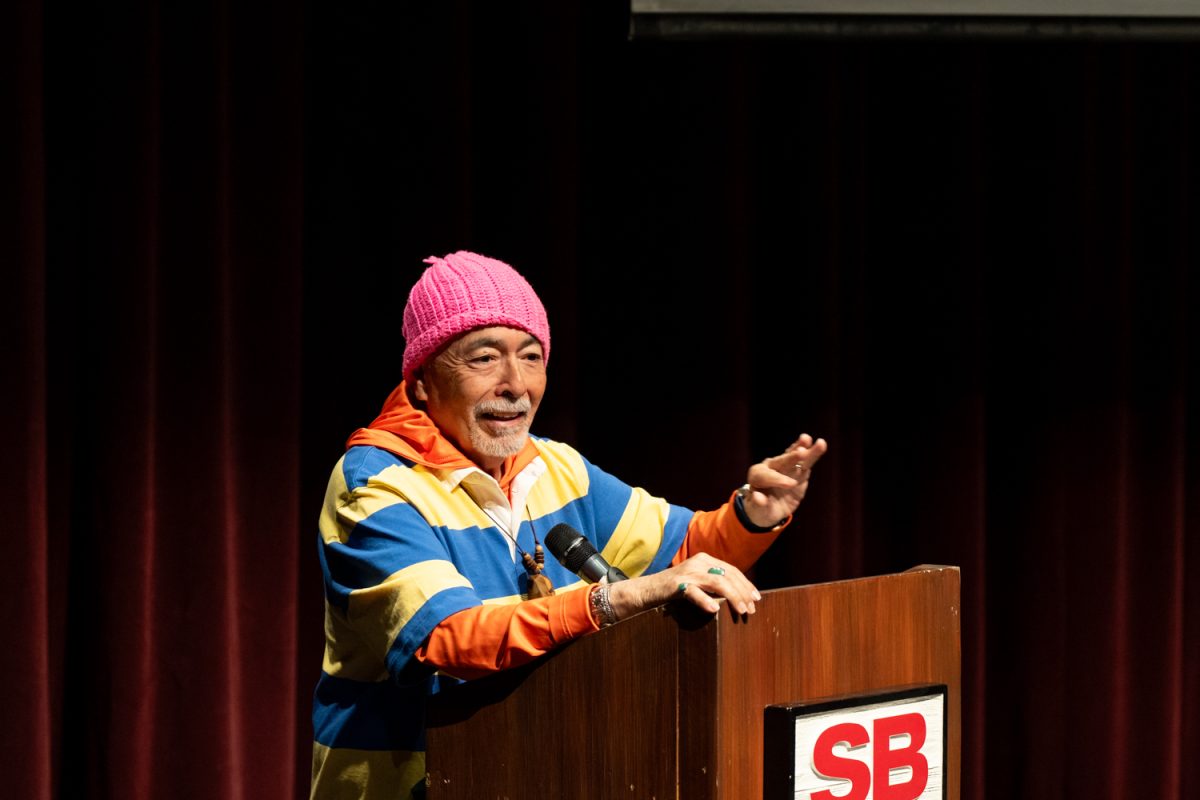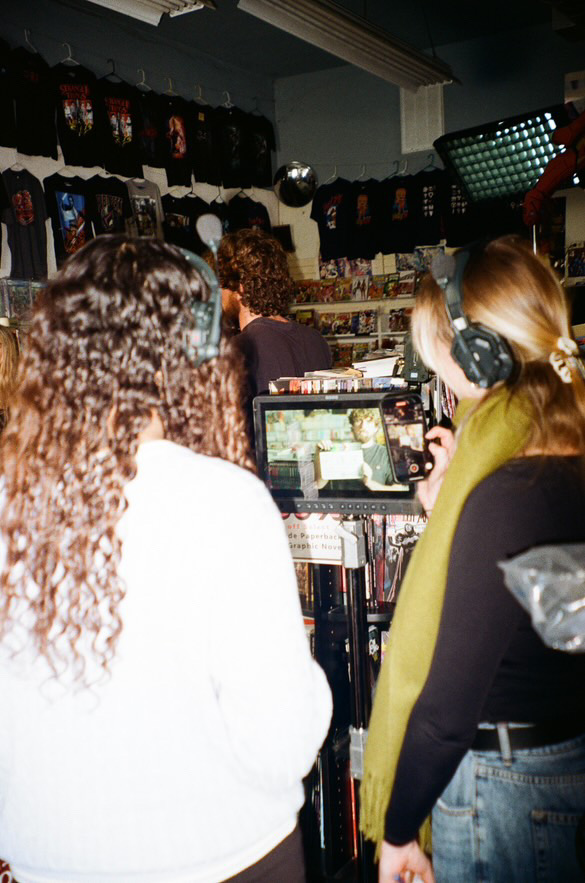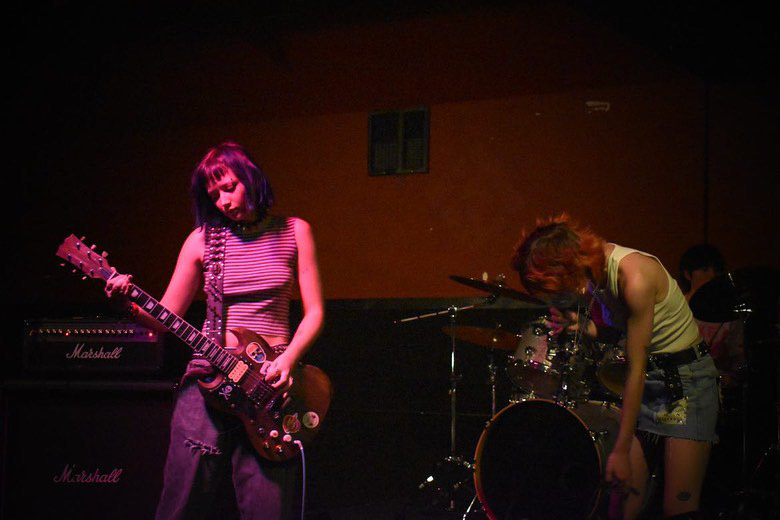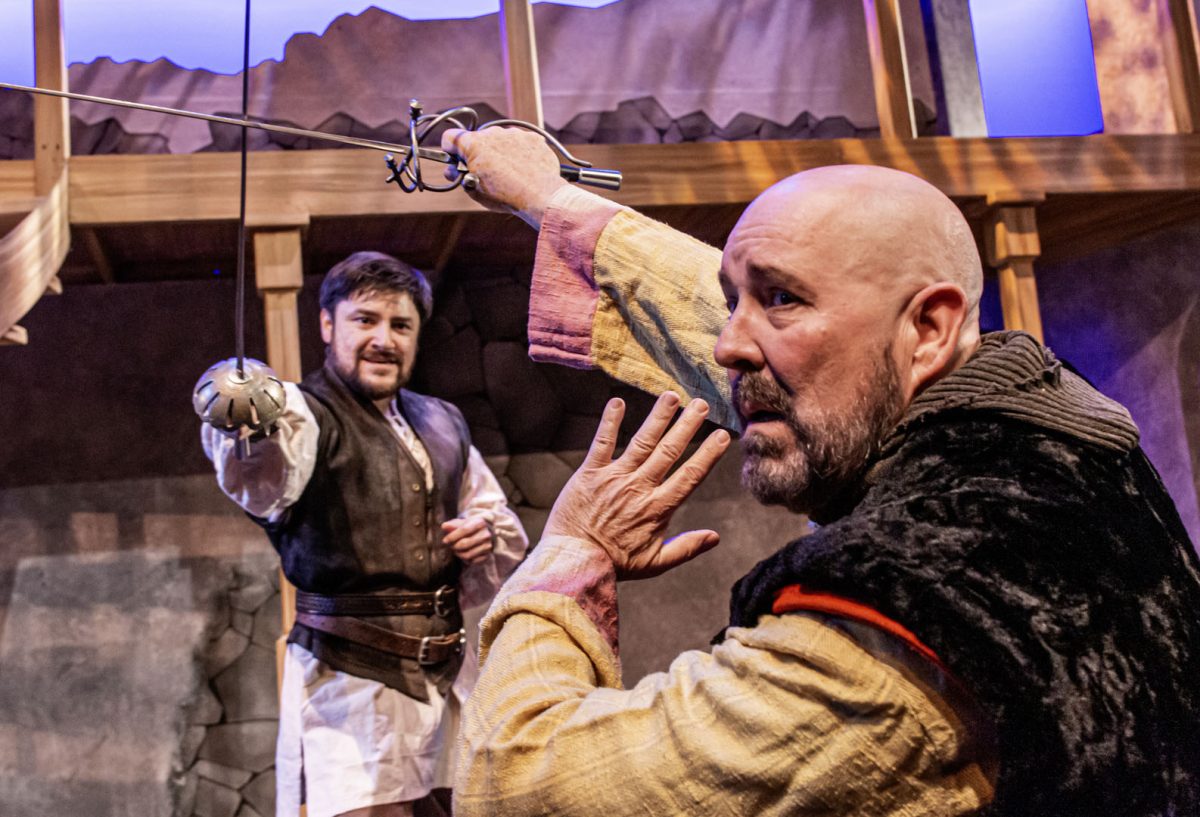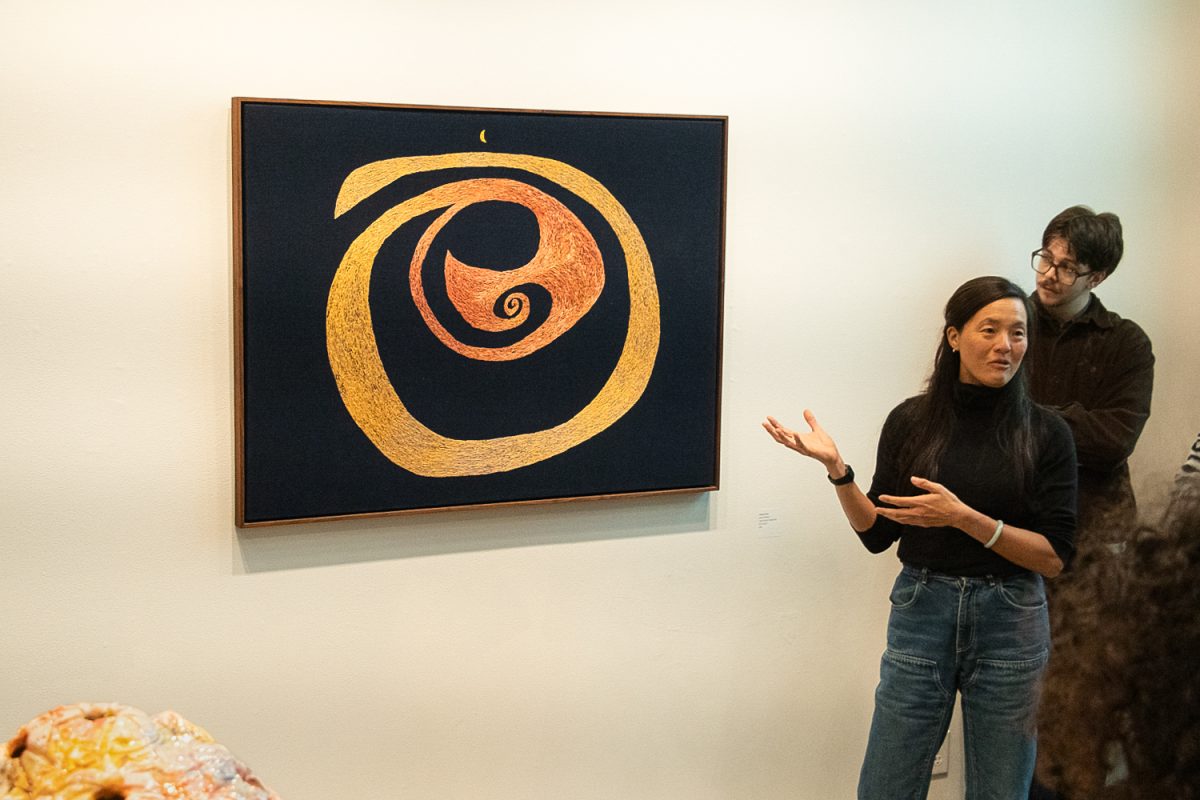Five years ago, Rafa Esparza began making adobe bricks and building structures with them. It was his way—he later said—to reconnect with his father after coming out as gay, and to elevate a connection between his culture and labor.
“Initially it was an intimate way to connect with my father,” said Esparza, who is in the middle of a 5-week artist’s residency at City College’s Atkinson Gallery. There, he is building his “For You and the Sky” adobe exhibit, designed to emphasize the history of race and labor.
“This work is responding to how we are asked to reify and empower these structures without analyzing their history and our own history in relationship to them,” Esparza said. “It will give people that live here a different perspective of their local history.”
Esparza said the public education system is telling one side of the story to students. He believes the California public education system has failed to show violent history behind the building of the missions.
He said he hopes that viewers will be able to see the amount of labor put into making adobe, and then begin to understand how the slave labor used to build the missions throughout California have impacted various cultures.
“It connects personal history with our country’s history,” said Atkinson Gallery director Sarah Cunningham. “I’m interested in how we can have a personal conversation and a political conversation simultaneously.”
Sage Gaspar, a City College student helping Esparza, emphasized the importance of his work.
“It’s a necessary thing for people to see,” she said. “I hope that they [students] can be introduced to a decolonized culture.”
“It’s hard work. It makes you feel good at the end of the day knowing you’re engaging in cultural activities that go unseen.”
Esparza said his father built his first house in Mexico out of adobe, where he taught Esparza how to make the mixture.
Esparza said that his “queerness” was a challenge for his father, and their relationship was strained. Esparza thought that an adobe project was a good way to rebuild their relationship.
The structure comprises a paved ground with columns built up, and models to represent the grade school assignments where children built their own missions.
It will be made entirely out of adobe, a mixture traditionally made of dirt, horse dung, water and hay. Adobe was commonly used to build the missions throughout the country.
The public can view him actively working on his piece in the Atkinson Gallery in the Humanities Building noon to 4 p.m. Monday through Wednesday until Oct. 5.
A reception for Esparza will be held 5 to 7 p.m. Oct. 6, in the Atkinson Gallery, which anyone is welcome to attend. After the reception, his work will be on display in the gallery until Dec. 1.
Alberto Lule, a City College student and helper to Esparza, said he feels a personal connection to the labor.
“Sometimes that hard work that you see people doing goes unrecognized, and we kind of shrug it off,” he said.
“I’m excited to see something that no ones has ever seen before. We are watching a star rise.”


